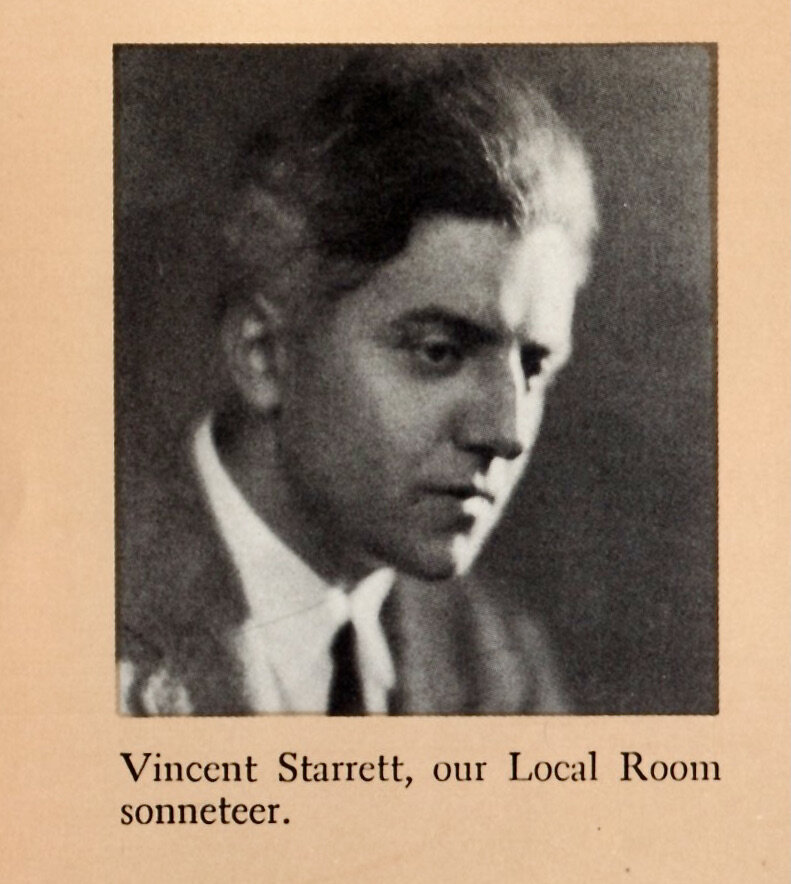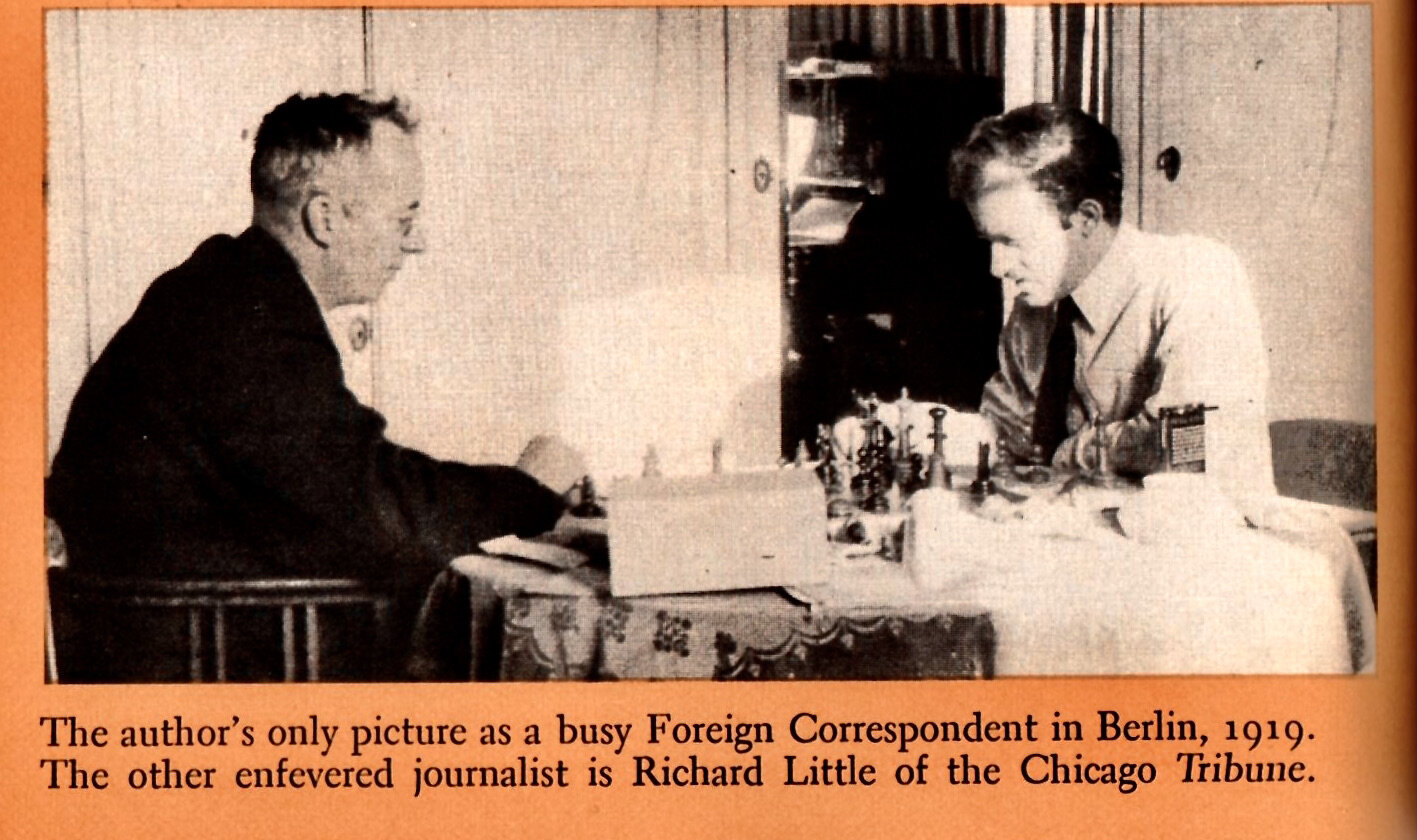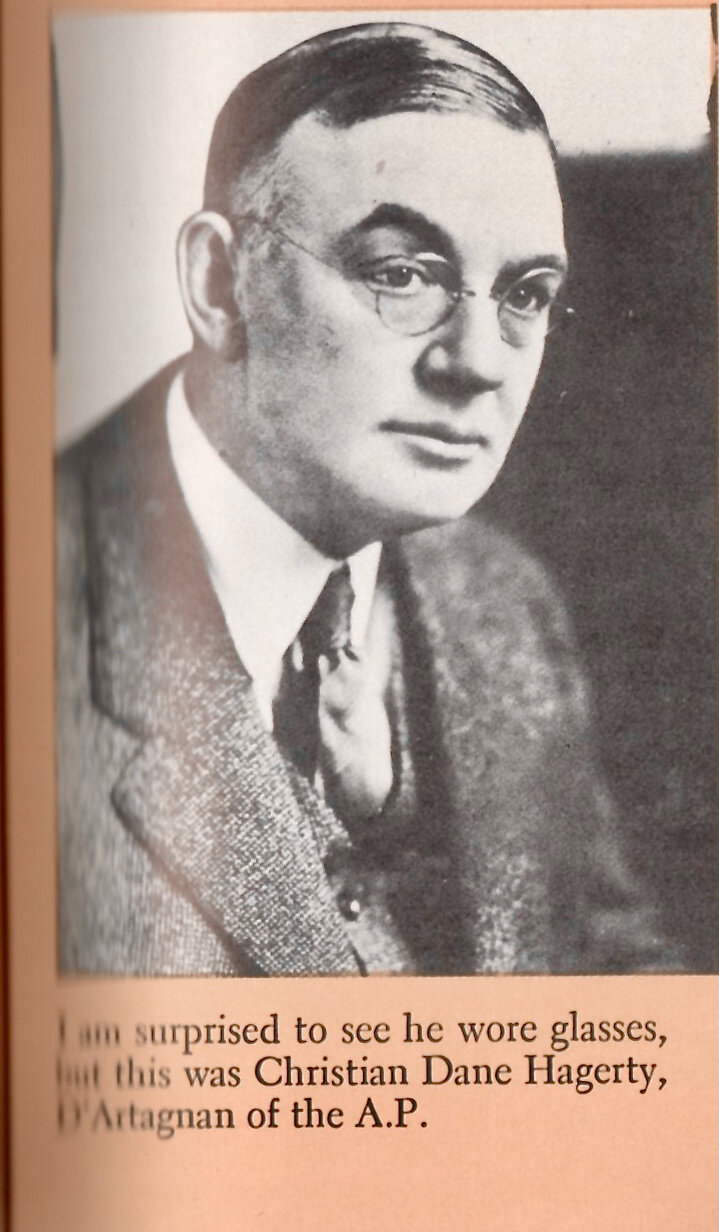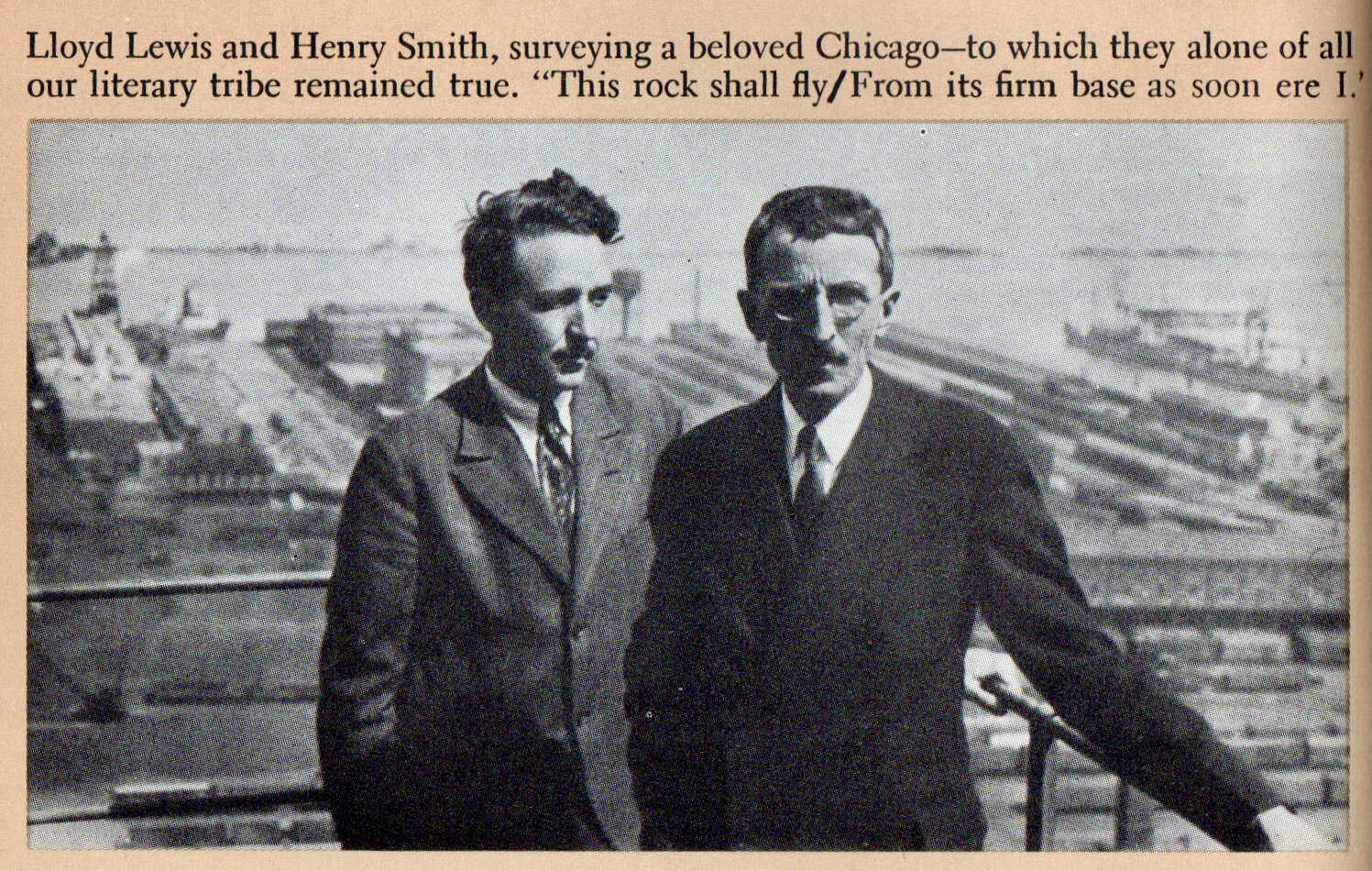Far too few words about Ben Hecht
‘Dear Charlie Vincent Starrett’
Famed writer and former newspaper colleague Ben Hecht uses Starrett as his personal photo morgue.
Ben Hecht’s influence on the Chicago Renaissance, the modern American stage and especially Hollywood films from the late 1920s to the 60s is legendary. There have been several good books written about Hecht’s life and influence. Hecht wrote one of his own in 1954, when his career was cooling but his wit and style were still in full force. He called it Ben Hecht: A Child of the Century.
I’m not going to even touch Hecht’s contributions here, and only skim the intersections between his life and Starrett’s. But I picked up a brief letter by Hecht a while back and it started me on this journey.
There is a reality you need to understand to appreciate the long relationship between Starrett and Hecht. Here it is in a nutshell: The two men started from almost the same humble newspapering roots, working as “picture pickers.” Their job was to sneak into the home of a recent murder victim and get a photo by any means needed, then hustle the photo back to their editor in the newspaper’s local room.
Their careers took very different routes when Hecht’s greater talent and creativity lifted him into the firmament as a Famous Writer in Chicago, New York and Hollywood, while Starrett’s star hung in a distant, dimmer galaxy.
Hecht and Starrett at the farewell party for Hecht at a Chicago writer’s restaurant called Schlogl’s in 1924. Hecht went on to be a major screenwriter in Hollywood. Starrett did not.
Which is why it must have stung a bit to get a letter from his old friend in 1953 that asked for Starrett’s help in finding some photographs for Hecht’s autobiography. Starrett must have known that the book would place Hecht on the best-seller lists. Again. And while he might have been excited for his old friend, it would have been a bit galling to be used as little more than a photo source.
The letter starts out familiarly enough, with Hecht making a play on the names Starrett used back when both were young. Starrett’s family and early friends call him Charlie. His major books were attributed to, and later friends knew him as, Vincent. So Hecht combined them and addressed his letter to “Dear Charlie Vincent Starrett.”
To be asked for his own photo was fine, but then to ask for four other photos from the 1920s was like turning Starrett once again into a kind of “picture picker.”
We don’t have Starrett’s response to Hecht’s letter, but we do know the book included pictures of everyone he asked for in a section called:
Starrett sent along his “dying poet” photograph. Years later Starrett would quip: “Here I look like a dying poet. Dying poets have a habit of becoming famous, but somehow I have defied that tradition.” Still it must have pleased Starrett for Hecht to call him “the Local Room sonneteer.”
Reproduced from Hecht’s book is Starrett’s photo, plus the others Hecht requested of other newsroom standouts of the era.
In his book, Hecht was kind when recalling his association with Starrett, mostly remembering how the “sonneteer” and he would wander the city’s used and rare bookshops, hoping to find a rare item in a bargain bin. Hecht planned to sell it at a huge profit to one of the wealthier dealers, but I can’t help but think Starrett would have been tempted to keep such a treasure.
Their reporting lives often crossed. Hecht recalled that when he introduced a new reporter named Carl Sandburg to Starrett, his friend was playing cards in between sessions in “an erotic divorce trial.” Sandburg needed a phone to call in a story and Starrett—who was losing at the endless rummy game with other reporters—offered his.
Starrett’s ode to the Queen of story tellers, Scheherezade.
After calling in his story, Sandburg was induced to recite some of his poetry. Poetry reading was not uncommon in the newsrooms of the time, according to Hecht.
“I had often recited my doggerel to my colleagues. . . And Starrett was waiting for the right moment, when he was a big enough loser (at cards) to have a claim on our sympathy, to read a ballad he had written about the ‘Peacock-Souled Scheherazade.’ ” (The poem was published in Estrays.)
According to Hecht, Sandburg started reading from some copy in his hand:
Hog butcher for the World,
Tool Maker, Stacker of Wheat,
Player with Railroads and the Nation’s Freight Handler,
Stormy, husky, brawling,
City of the Big Shoulders …
I can’t help but think that Starrett held back after hearing “Chicago” from the author himself.
When it came to his own memoir, Born in a Bookshop, Starrett had quite a bit to say about Hecht. Here’s a sample.
A photo of the mature Hecht from Starrett’s memoirs.
“I have already suggested that the Olympians of the (Chicago Literary) renaissance who gave it stature were not the bohemians who gave it color; but this is not strictly true if Hecht is to be considered one of the godlings. He gave it so much color and sensation that there are times when I see him as pretty much the whole movement. . . . He sensed the resemblance of our noisy movement to the fin de siécle literary uproar of the eighteen-nineties in London and tried to duplicate that spectacle in Chicago. Anderson, Sandburg, and Masters provided the big names and the big books; but Hecht, with the enthusiastic complicity of (Maxwell) Bodenheim, provided the sensations and excitements.”
There is much more to be said on this topic, but that will need to take place another day. As for me, I’m turning back to Hecht’s biography, then getting a copy of his A Thousand and One Afternoons in Chicago.
Shades of Sheherazade. It should be fun.









